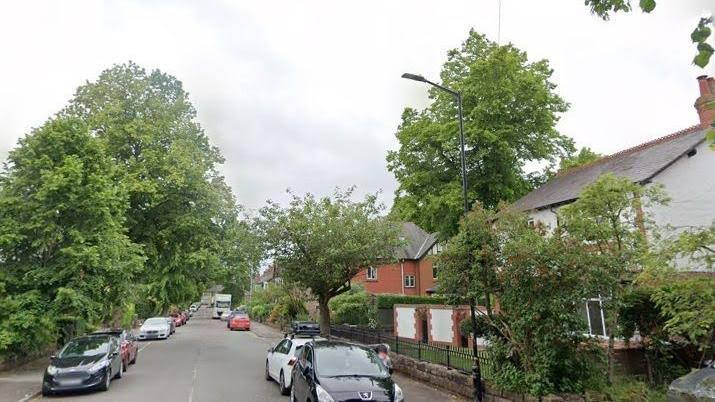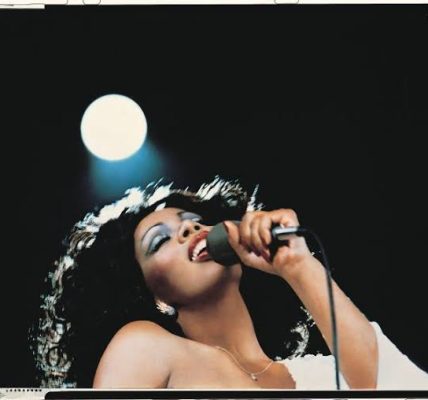Mill Hill eruv given green light by Barnet Councillors to connect religious boundaries in Edgware and Hendon
Barnet Council Approves Mill Hill Eruv, Linking Edgware and Hendon Communities
Barnet Councillors have granted planning permission for a Mill Hill eruv—a symbolic boundary that enables Orthodox Jews to carry items and push wheelchairs on the Sabbath—thereby seamlessly connecting the existing eruvs in Edgware and Hendon.
The decision, handed down during a packed council meeting last night, will involve installing poles between one and six metres tall, strung with wires across key roads and greenbelt areas.
The new route stretches from the A41 Barnet Way, around Mill Hill Golf Club near Apex Corner, encircles Mill Hill Village along Marsh Lane and The Ridgeway, then traces Bittacy Hill and Holders Hill Road before running alongside the M1 motorway .
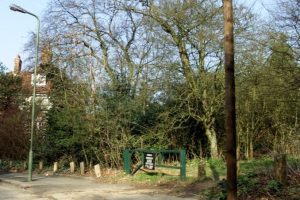
A Milestone for the Jewish Community
Rabbi Schochet of Mill Hill Synagogue hailed the approval as “a fantastic achievement by an incredibly dedicated team,” marking what he described as “another milestone in an ever-growing dynamic community”
Gill Gallick, Chair of the Mill Hill Eruv Committee and Vice-Chair of the synagogue, recounted the committee’s two-year effort to design a thoughtful route:
“Eruv experts at the United Synagogue … walked the streets of Mill Hill in search of an Eruv route which would link the Edgware and Hendon eruvs, whilst minimising the aesthetic impact for Mill Hill residents and the greenbelt.”
She confirmed that 400 letters of support backed the application, and thanked council planners and councillors for their careful consideration of broad stakeholder input
Addressing Concerns: Poles, Wires, and Community Impact
Despite strong support, objections surfaced. Eleven local residents, including members of the Mill Hill Preservation Society, raised concerns over the visual impact—calling the poles and wires “unsightly” and potentially harming the street scene around the village .
Some feared the eruv might create a sense of religious segregation or “ghetto‑isation,” prompting debate over granting such “special concessions” in a largely Christian country .
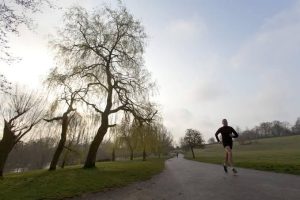
Similar controversies have followed eruv projects historically, as seen in Edgware and North-West London. A 2002 Guardian piece reported mixed opinions: while many praised an eruv’s role in community life, some opposed it on aesthetic grounds or feared it symbolized religious division .
Moreover, environmental concerns such as possible bird injuries from unseen nylon wires have shaped recent designs; steel braided wire—more visible to wildlife—is now preferred .
On Reddit, skeptics often question the significance of eruvs. One user described them as “just a cable high up,” pointing out:
“If it helps them live their life and doesn’t cause any significant trouble to mine, I have no reason to object. … You will barely notice them.”
Another remarked on planning law nuances, noting that while eruvs define religious domains, the physical infrastructure of poles and wires does require formal planning permission.
The Wider North-West London Context
Mill Hill’s permission marks another link in a long-established eruv network throughout North-West London. The original eruv—often referred to as the North-West London Eruv—was launched in 2003, covering almost six square miles across Hendon, Golders Green, Finchley, parts of Hampstead Garden Suburb, Mill Hill, and Stanmore.
Since then, various extensions and enhancements—like the Golders Green eruv in 2023—have continued, serving Orthodox communities with limited mobility.
As Mill Hill connects the Edgware and Hendon loops, it will close a vital gap—allowing families, the elderly, and those with wheelchairs or strollers to traverse a significantly larger Sabbath-friendly zone.
Mixed Reactions: Support, Aesthetics, and Social Cohesion
Local support remains strong. Rabbi Schochet and Gill Gallick emphasize the freedom and dignity an eruv provides, particularly to families with young children and individuals with mobility challenges, enabling them to attend synagogue and visit relatives on Shabbat. They point to 400 letters of community backing as evidence of broad-based consensus .
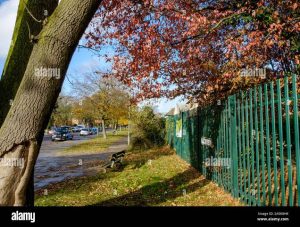
Critics raise valid concerns: visual impact on conservation areas, the fear of creating religious enclaves, and occasional environmental worries. Yet design adaptations—including color choice and materials—aim to blend with street furniture and deflect wildlife hazards .
Implementation Timeline
Although exact construction schedules haven’t been made public, earlier eruv projects in the borough suggest a similar timeline: after receiving approval, teams typically finalize construction within several months, followed by a period of inspections and official commissioning. For context, a Mill Hill eruv approval in 2010 anticipated erection within six months .
Given that Barnet Council’s Green Light came last night, physical set-up could feasibly begin late summer or autumn 2025. Final commissioning rites—often involving the local synagogue and dignitaries—may follow before the next Shabbat cycle.
What’s Next?
Pole installation will commence on council-approved routes, with pole color and placement decisions aiming to reduce visual disruption and environmental harm.
Weekly inspections by eruv authorities will ensure boundary continuity, a key element in maintaining halachic validity.
Community awareness campaigns will educate locals—Jewish and non-Jewish—about the eruv’s purpose, reducing misunderstanding or aesthetic worries.
In Summary
The Barnet Council’s approval of the Mill Hill eruv finalizes a two-decade-long project to create a continuous Sabbath boundary, linking Edgware through Hendon to Stanmore.
While aesthetically sensitive and sometimes controversial, the eruv offers meaningful practical benefits for families, the elderly, and those with mobility challenges. As the physical work moves ahead, the remaining task is ensuring the structure harmonizes with Mill Hill’s character—visually inconspicuous yet spiritually transformational.
Community Voices from Social Media
Reddit users often view eruvs pragmatically: “It’s a cable high up… You will barely notice them.”
They also highlight technical planning norms:
“Members of the committee were told that the creation of an eruv did not require planning permission, only the physical infrastructure such as the poles and wires.”
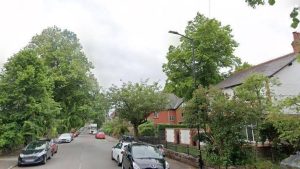
Despite occasional opposition, many conclude: if it doesn’t harm others, its small appearance is worth the positive impact for Sabbath observant families.
The Mill Hill eruv approval marks another important chapter in North-West London’s religious landscape—one where prayer, practicality, and urban planning intersect.
